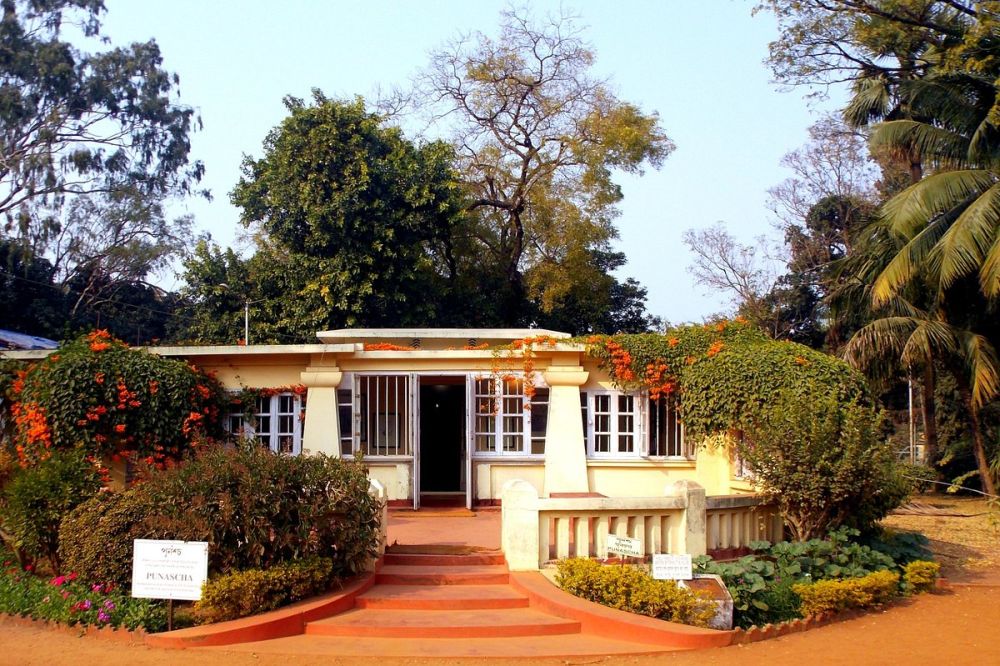

Shantiniketan, translating to "Abode of Peace," is a small town near Bolpur in the Birbhum district of West Bengal, India. It is renowned globally as the residence and the creative playground of Rabindranath Tagore, India's first Nobel laureate in Literature. The serene setting of Shantiniketan was envisioned by Tagore's father, Maharshi Debendranath Tagore, who found spiritual solace here in the 1860s. He established an Ashram here in 1863 which became a spiritual retreat for the Brahmo Samaj.
It was Rabindranath Tagore who transformed this retreat into a thriving centre for learning by founding the "Brahmacharya Ashram" in 1901, with a mere five students. This ashram later evolved into Visva-Bharati University, a space for global education that aimed to combine Indian traditions with the best of world culture. Tagore's revolutionary educational model attracted scholars from around the world and has been significant to Indian cultural and educational reformations.
Shantiniketan emerged as a tourist destination as the reputation of its educational and cultural ethos grew. The appeal of Tagore’s philosophy and the unique blend of cultural practices attracted tourists, scholars, and artists alike. In the early 20th century, as Visva-Bharati University grew, so did the town's allure, turning Shantiniketan into a notable place of interest for domestic and international visitors.
In recent years, Shantiniketan has continued to witness a steady flow of visitors keen to experience the tranquility and cultural richness of the town. People come from all corners of the globe to delve into the heritage revealed in the ashram, the university and the museums. Some of the key attractions include:
Moreover, the town hosts vibrant festivals throughout the year, such as the Poush Mela in December, which showcases local arts, crafts, and performances, drawing significant tourist attendance. Another high point in Shantiniketan's calendar is the Basant Utsav, a spring festival that Tagore initiated to recreate the Holi festival's joyous mood with a fusion of colors, music, and dance.
Today, Shantiniketan offers a balanced blend of cultural exploration and educational experiences. It's not only a pilgrimage for the admirers of Tagore, but also a retreat for tourists seeking peace away from urban clamor. Homestays, traditional Bengali cuisine, handicraft markets, and nature walks add to the immersive experience. With sustainability becoming a key focus, efforts are amassing to preserve the environment and cultural heritage for future generations of tourists.
Shantiniketan is easily accessible by road and rail from Kolkata, which is about 163 kilometers away. The nearest airport is in Kolkata, which operates both domestic and international flights. Preferred times to visit are during the cool winter months from November to February, when the weather is most pleasant for exploring.